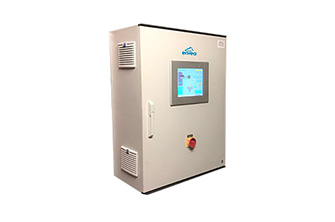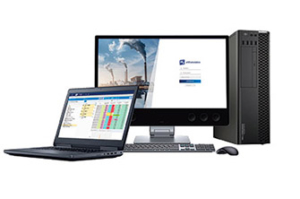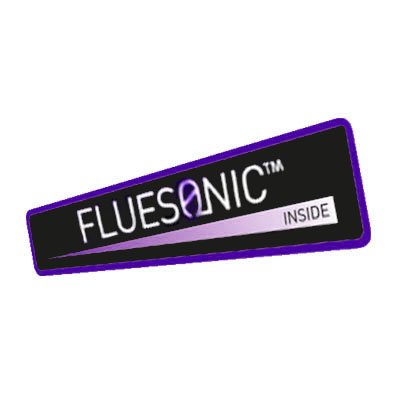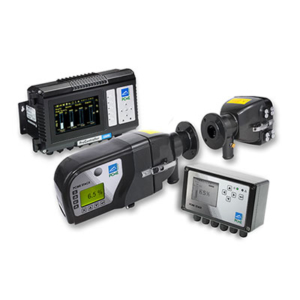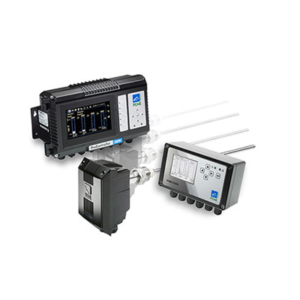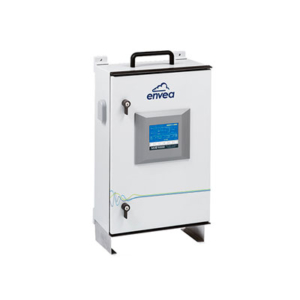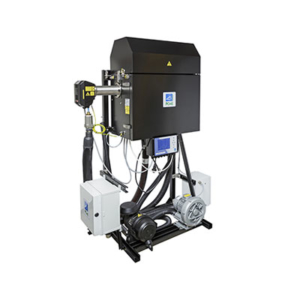Technology for signal transit time to be measured accurately in real stack conditions
ENVEA’s unique FlueSonic™ technology and mathematical measurement algorithm allows the signal transit time to be measured accurately in real stack conditions enabling high quality assurance on emission release data, reporting mass emissions (kg/year) as well as concentration monitoring.
- Capability to deal with flow profiles across the extended measurement path
- Tolerance to contamination and flow eddies
- Compliance with European monitoring standards EN 16911-2 and 15267-3 for QAL 1.
Each transducer emits an ultrasonic pulse where the time of flight of ultrasonic signals sent between the transducers in the direction of flow is measured and compared to that from the pulses in the opposite direction against the flow. The difference in transit time of the pulses is directly proportional to the velocity of the flue gas. The stack flow velocity in the measurement path is calculated from the upstream and downstream transit time in a way that is independent of the actual speed of sound in the gas, flue gas temperature or pressure of flue gas composition.
- Accuracy over full range of 0-30 m/s in stack conditions
- Unaffected by change in flue gas composition (thermal mass limitation)
- In-built reference materials (for QAL 3) without need for compressed air to challenge pitot’s pressure transducers
- Air purge not required to prevent dust from blocking pitot lines
- Lower and Upper Reference (Zero and Span) sensor self-checks, a requirement of EN 16911-2
- Self-checks assess not only the performance of the electronics and measurement algorithm, but also the performance and correct operation of the transducers, including their ability to transmit, receive and discriminate actual ultrasonic signals from noise and offsets in the stack environment
- These automatic Quality Assurance features provide outputs which can be used for QAL 3 reporting requirements, as defined in EN 16911-2 and provide feedback to the user on the correct operation of the instrument
